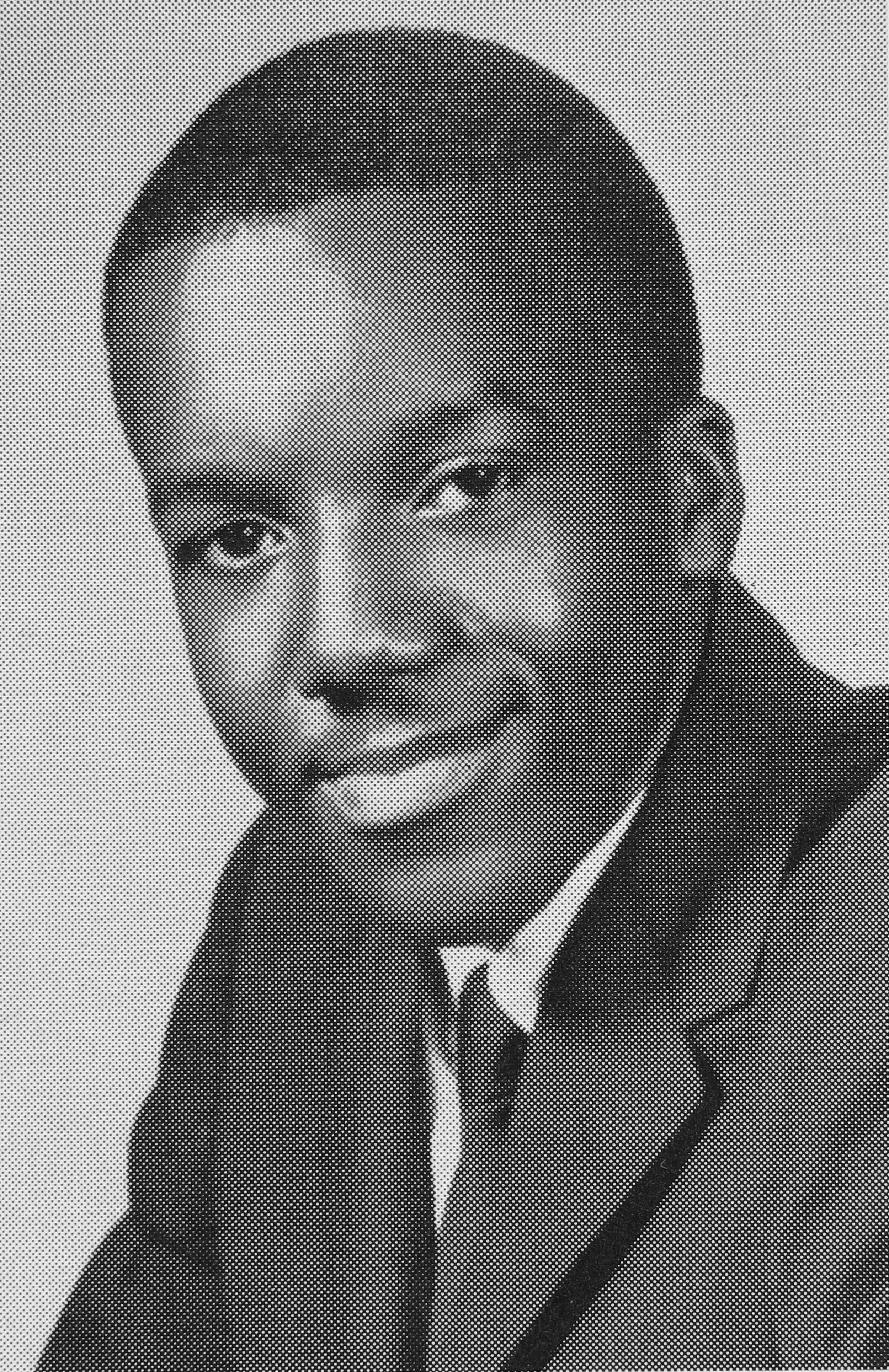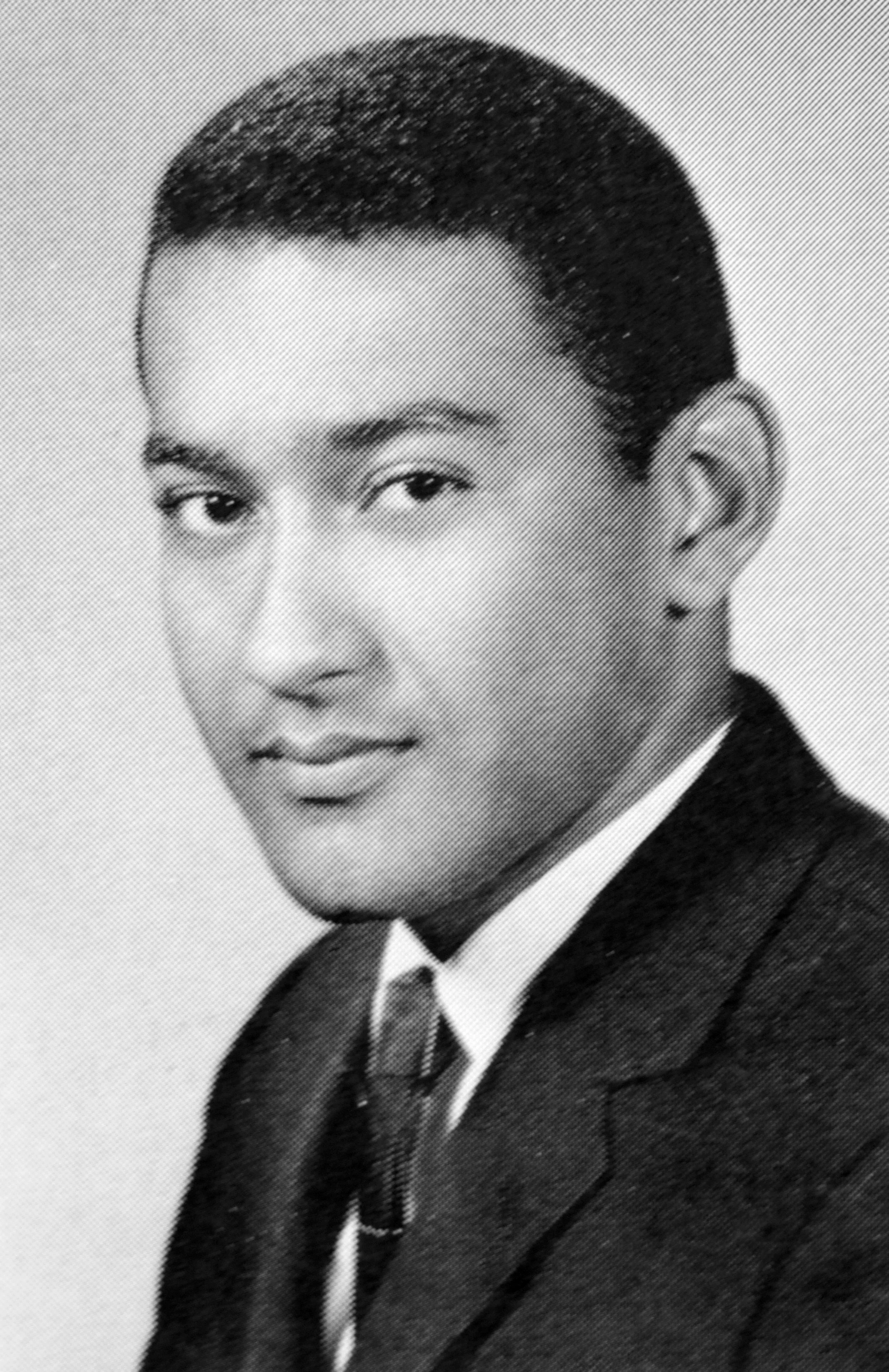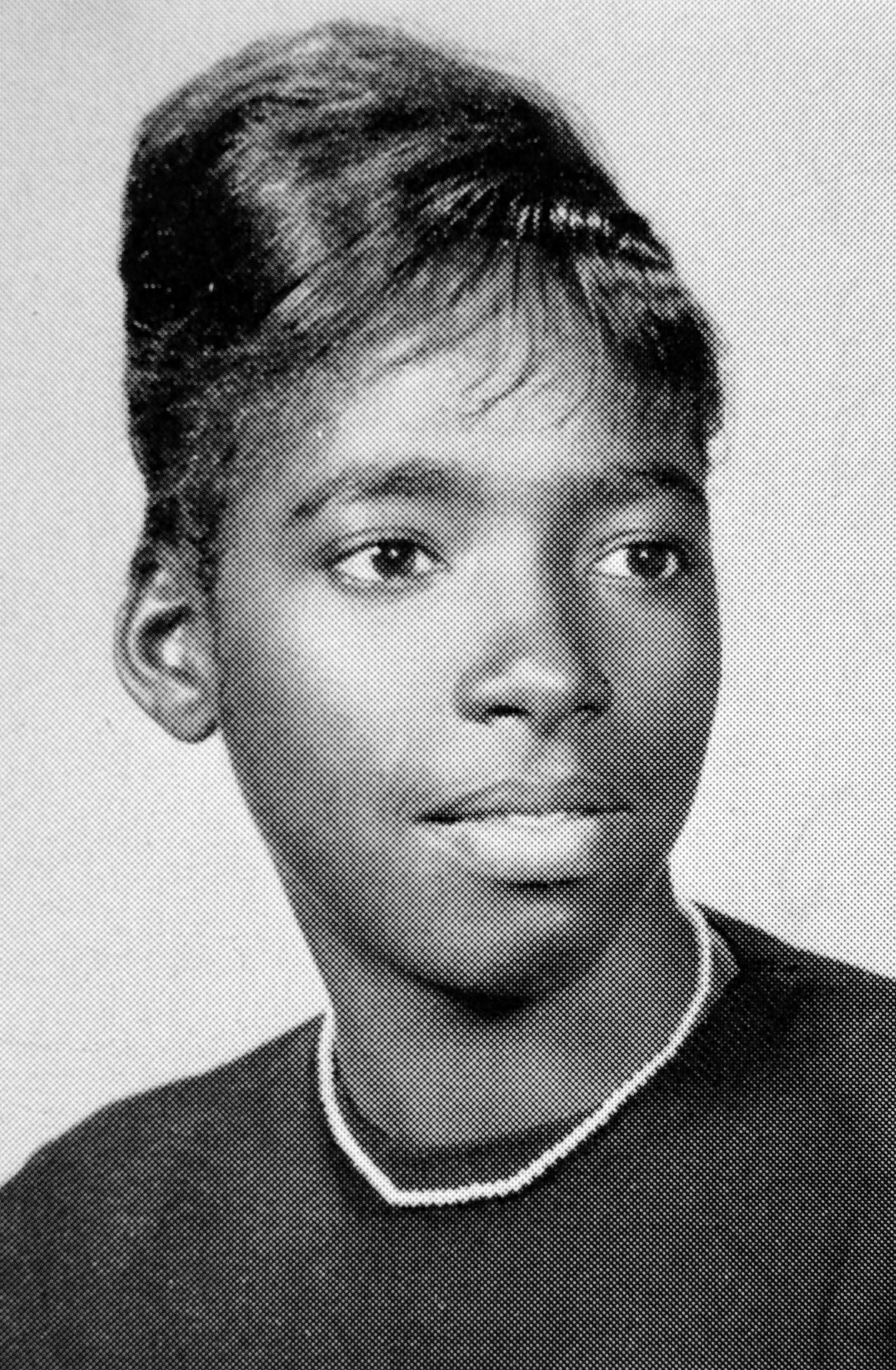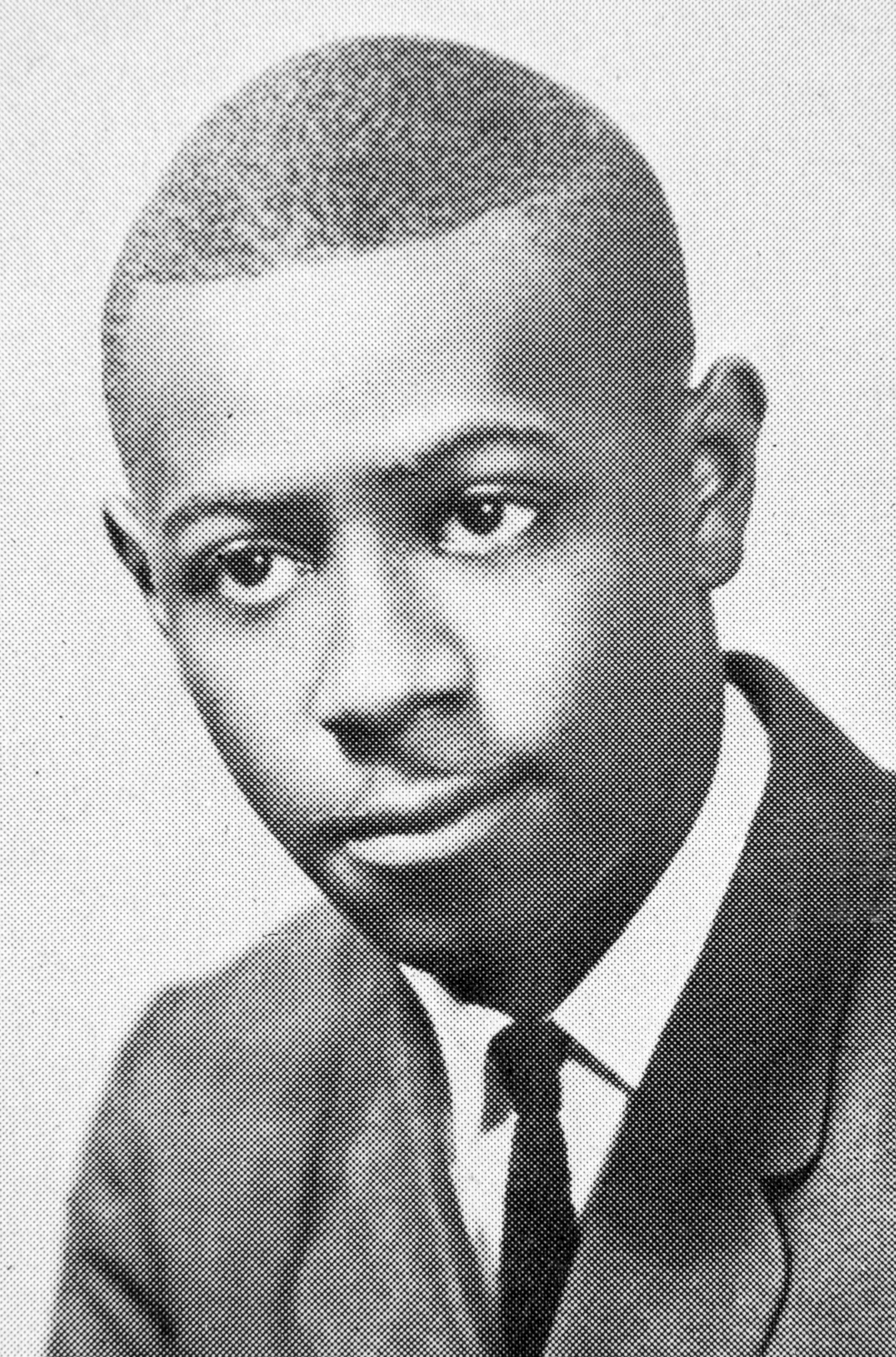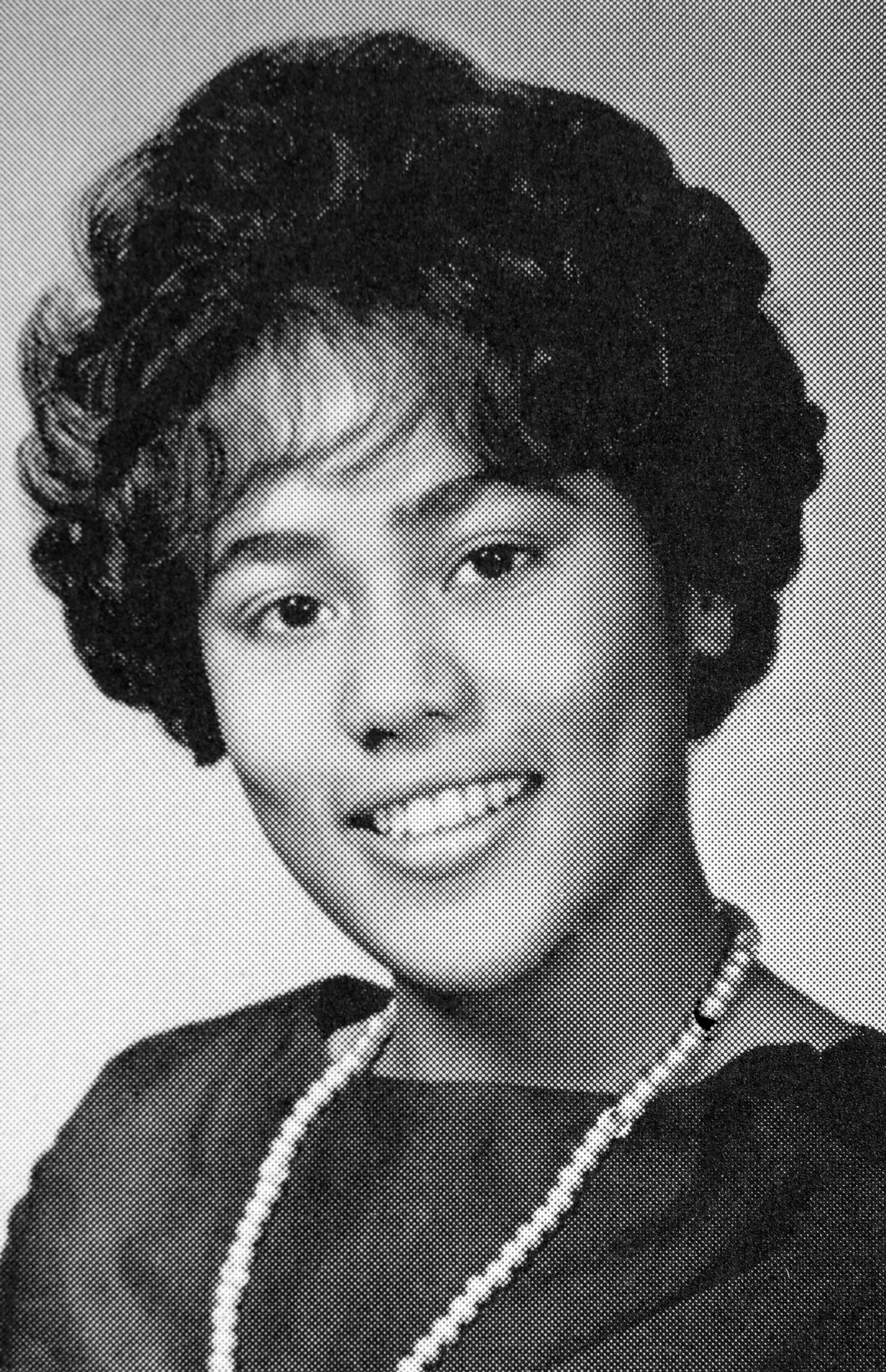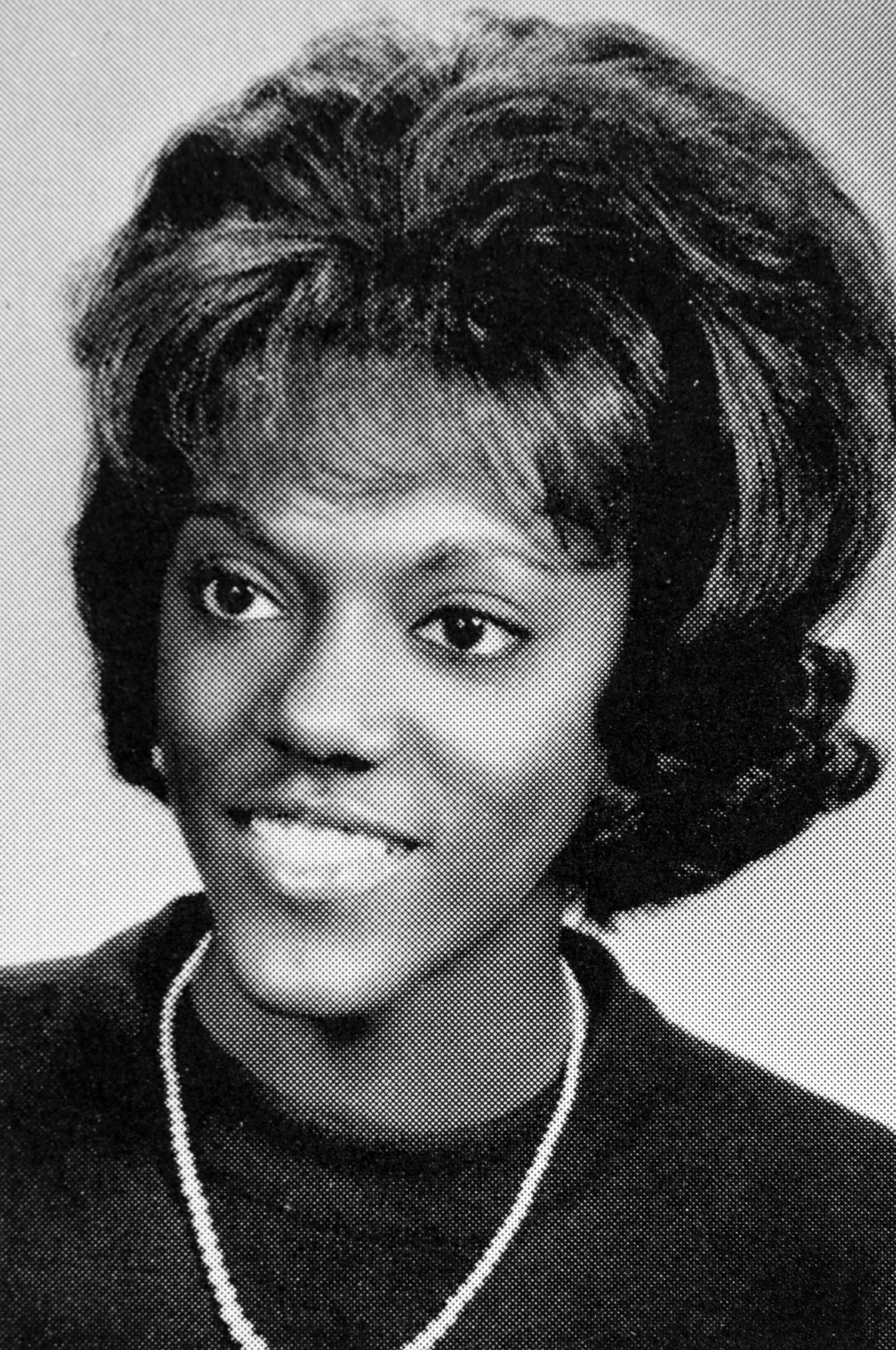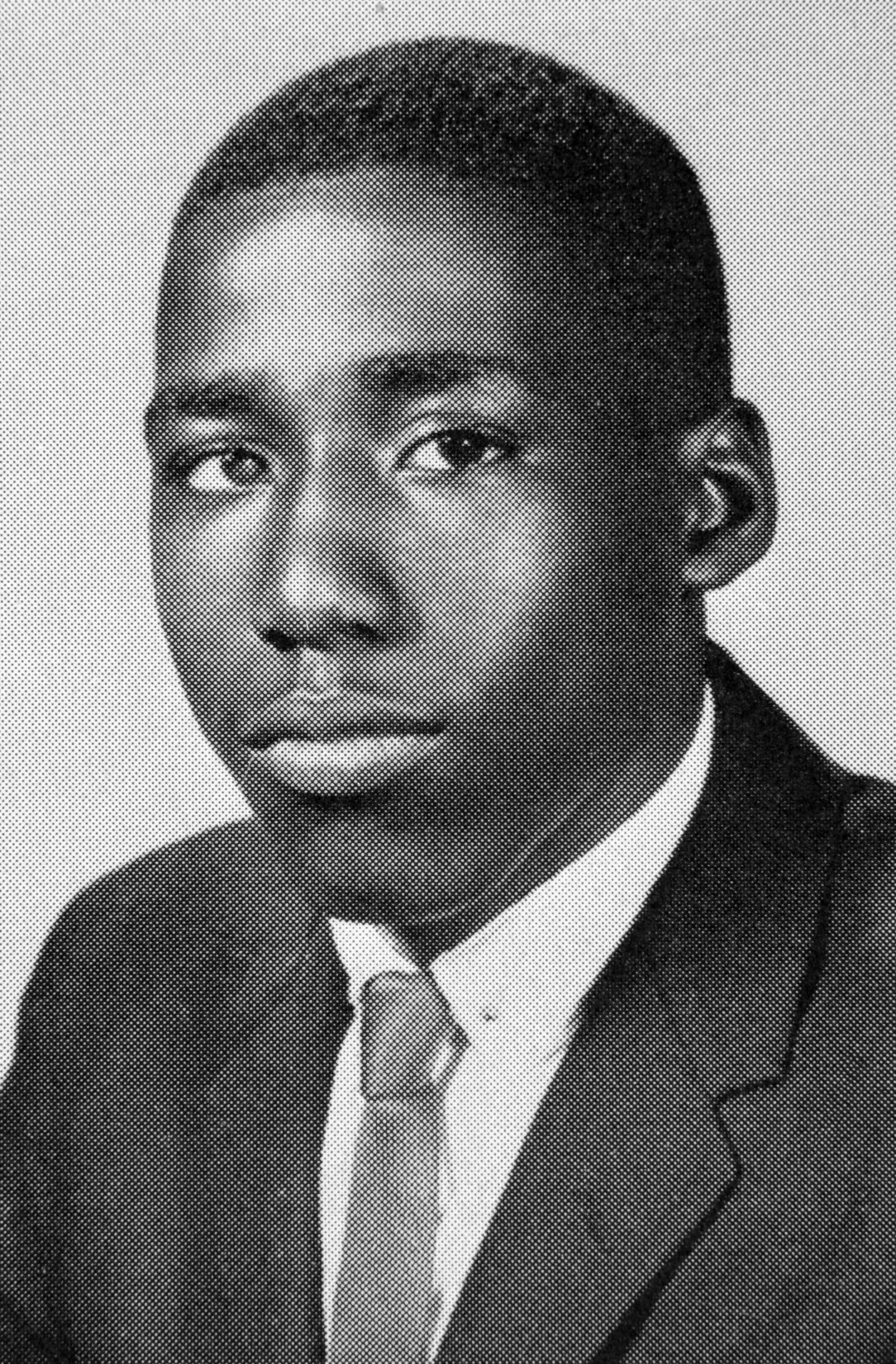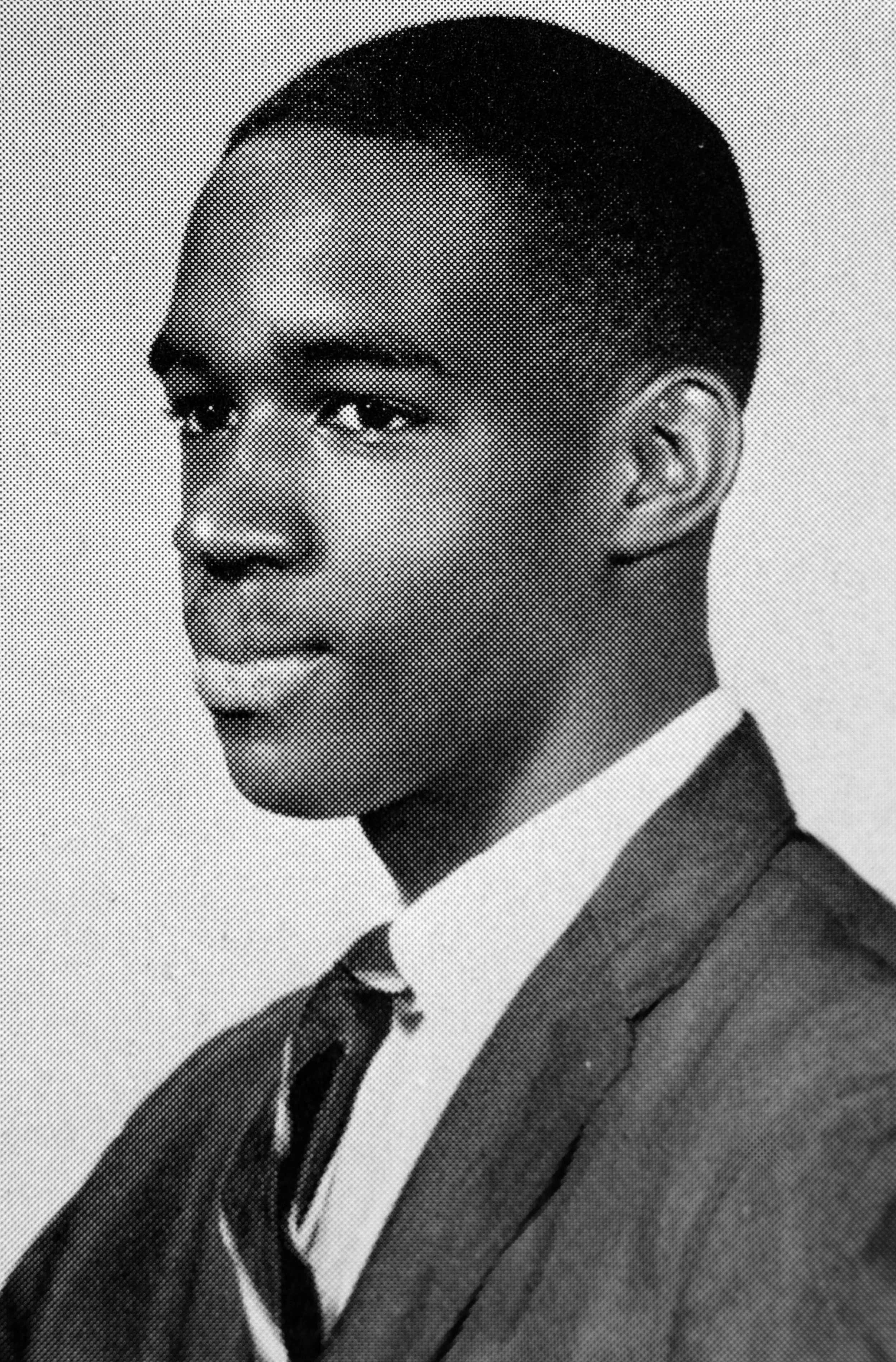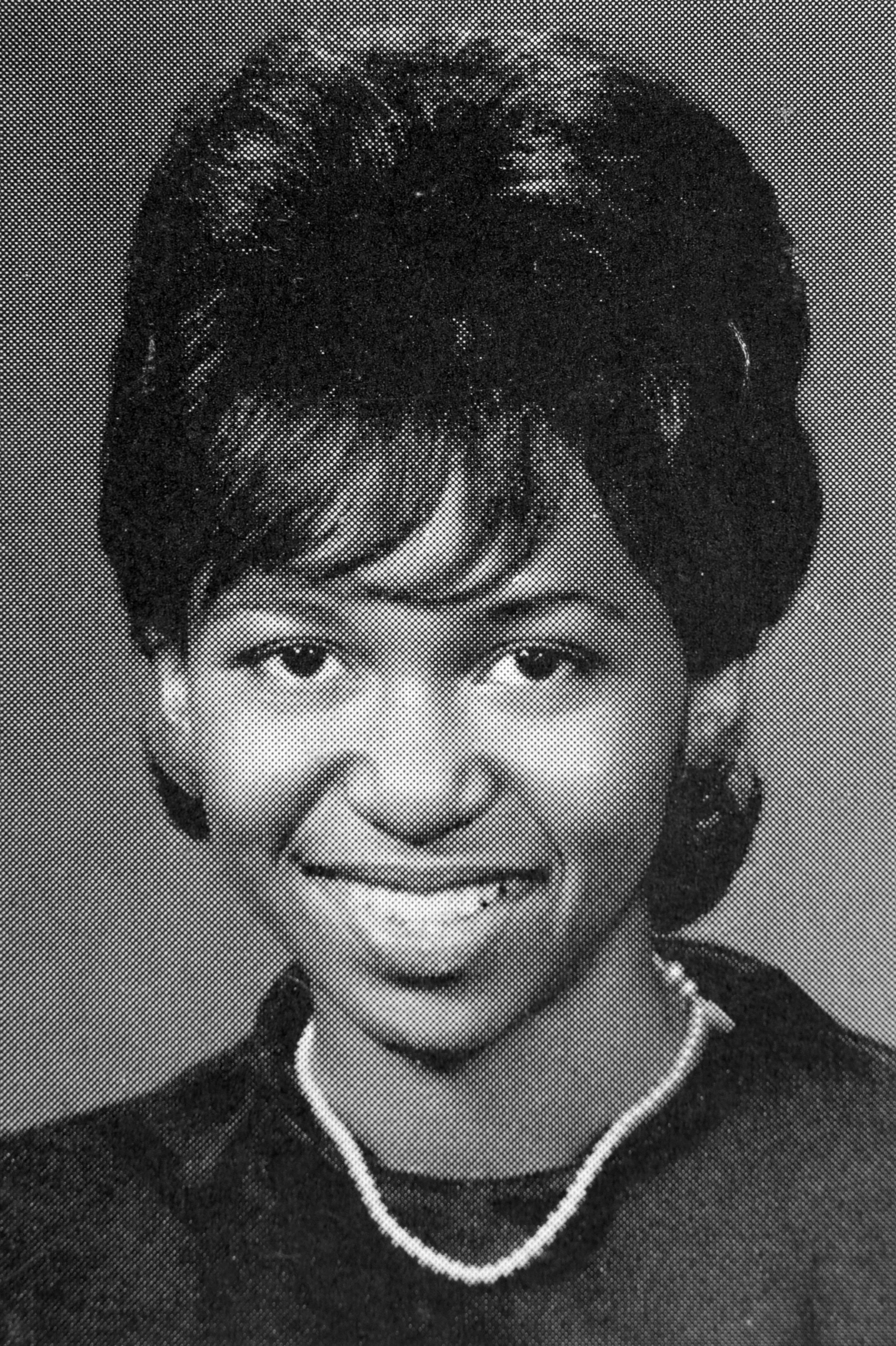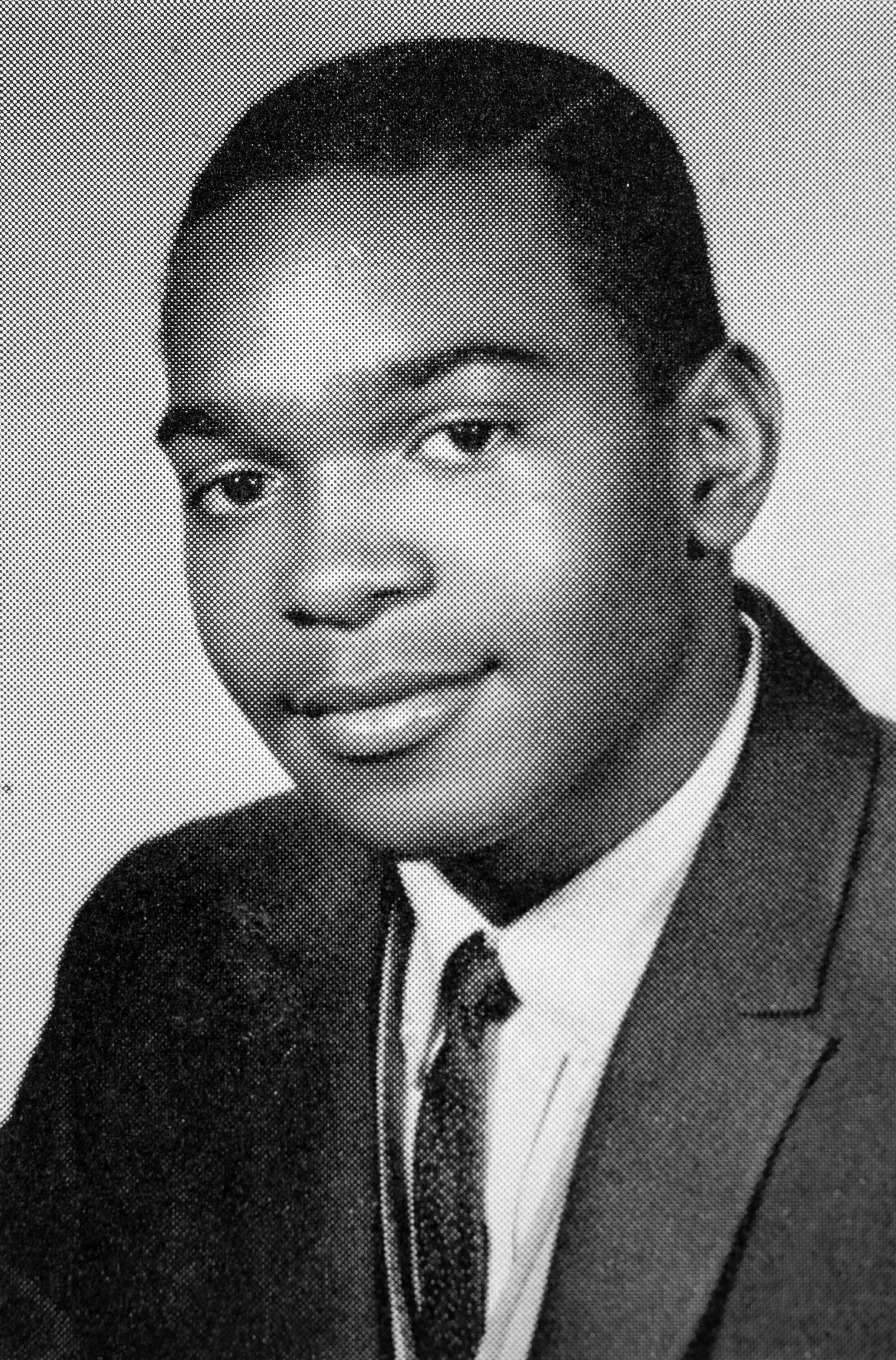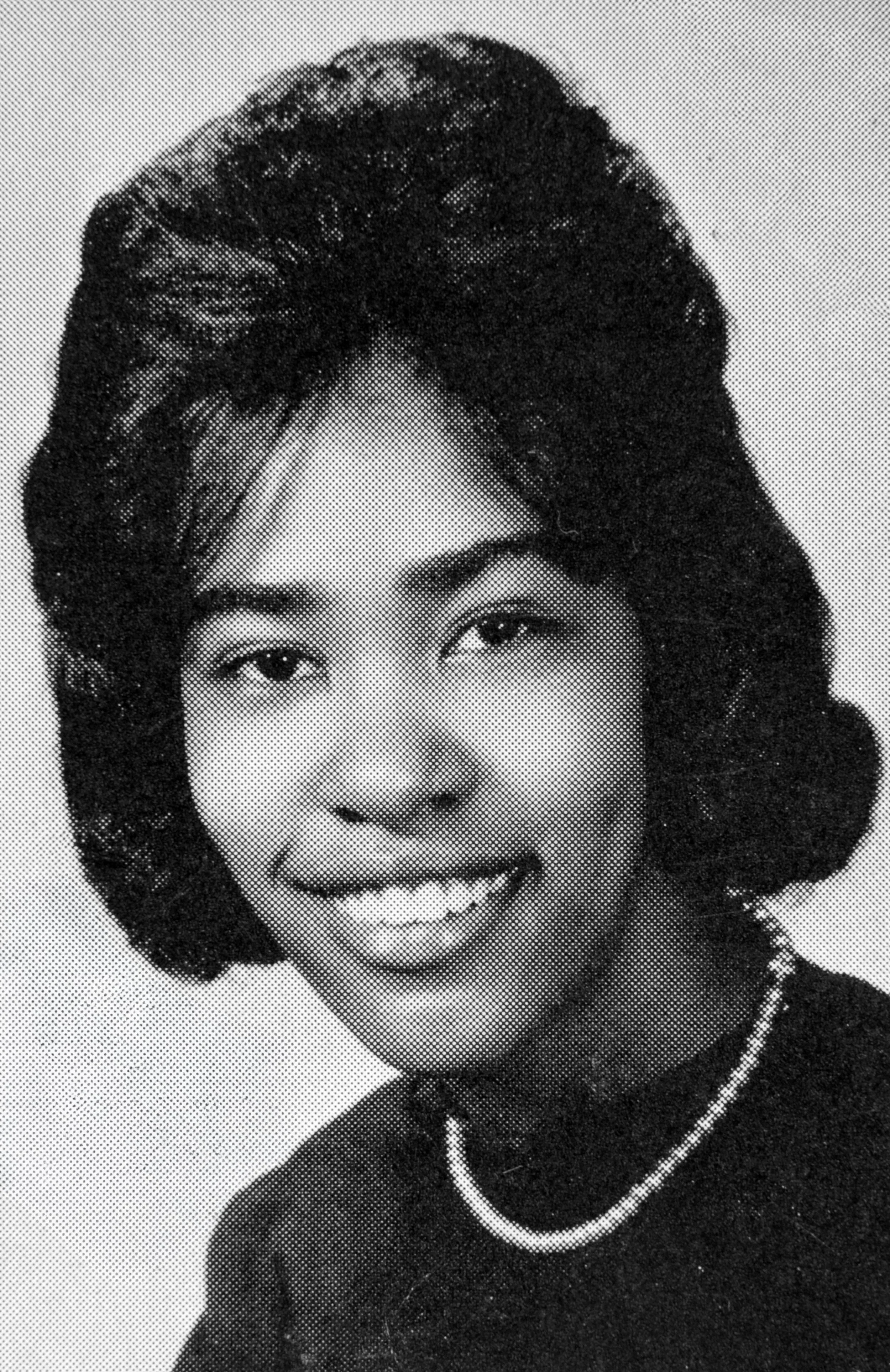Meet the Children of the Struggle Narrators And The Ancestors Who Stayed
-
Raymond Adams
Raymond is the great-grandson of Lewis Adams, the founder of Tuskegee Normal School, now Tuskegee University. He writes about how in 1880, two White Alabama State legislators were worried about their reelection probabilities during Reconstruction.
-
Barbara White Atkinson-Liggins
Often resistance to prejudice and discrimination by ordinary Black people during the Jim Crow era in the South has gone unnoticed in history books. Barbara relates several stories in her narrative about her parents’ unheralded resistance.
-
Gerald W. Billes
Gerald’s father was one of thousands of Black people who migrated to Tuskegee for job opportunities and good schools for their children. Gerald watched his father get initial management experience at the Tuskegee Veterans Administration Hospital.
-
Carolyn Earline Foster Bivins
Earline's great-grandparents migrated to Tuskegee in search of a better life, traveling in a horse-drawn wagon. They settled down the hill from Butler Chapel AME Zion Church, located at the site where Booker T. Washington first conducted classes in “a shanty.”
-
Mattie Davis Blizzard
From house cleaning in high school to successful entrepreneurship in New York City! Mattie is a dark-skinned person who thought she was mistreated by teachers and classmates within the Black Tuskegee community because of it while growing up.
-
Milton Donald
Milton writes about the specialness of being reared by a Black grandmother, that extraordinary bond that develops, that “nothing she would not do for you” way of existing, and that “always wanting to make her proud attitude of the grandchild…”
-
Nancy Hooten Garrison
Nancy’s family took advantage of all the upward mobility opportunities Tuskegee had to offer. Her parents obtained degrees from Tuskegee during the 1940s and 50s.
-

Rosa McWilliams Henderson
Rosa represents several of the narrator “strivers” who were born into poverty or to uneducated parents with lesser means. She writes about how her father’s opportunity to go from farmer to a janitorial position.
-
Margaret Meadows Jones
Margaret grew up in a family where she reported that her parents “had good jobs and made a good living.” Thousands of families like Margaret’s were able to have “good” jobs in Tuskegee during the Jim Crow era.
-

Anthony T. Lee
Can you imagine being a teenage Black boy trying to attend Sunday service at a White church on a Sunday morning in the Jim Crow South and being turned away? Anthony’s Civil Rights activist father, Detroit Lee, had Anthony engaged in the Protest Movement at an early age.
-
Douglas Mayberry
Douglas writes one of the most variant narratives as he shares his revulsion to what he saw as odious bourgeois consumerism and classism among Tuskegee’s upwardly mobile Black community.
-
Sonjia Parker Redmond
Sonjia grew up on a small rural family farm in Notasulga purchased by her paternal grandfather in 1917. The three-room house with a well for drawing water and an outside toilet often provided shelter for a dozen or more people.
-
Annie Jean Baker Reed
Annie Jean writes that her great-grandfather was one of Booker T. Washington’s “Humble Friends”. Dr. Washington’s major strength that helped him build the college was his ability to respect and relate to people from all walks of life — from wealthy East Coast donors to White political leadership in Tuskegee to local rural area Black farmers.
-
Alex Stanton
Alex is from Notasulga, a rural town approximately 10 miles from Tuskegee. Although children from Notasulga had their own segregated elementary schools during Jim Crow, there were no segregated middle or high schools for them to attend. Consequently, Black children had to ride buses approximately 12 miles to go to segregated Black middle and high schools in Tuskegee.
-
Alma Jean Foye Stokes
Alma’s grandparents loved and were proud of the large farm they owned in the Tuskegee area. She writes with fond memories of large family gatherings to harvest crops or just because her grandfather loved to see his progeny together enjoying the land that he was so proud to own and whose produce he was so happy to share with them.
-
Palmer Sullins, Jr.
What nine-year-old learns to fly with Chief Charles Anderson, the lead instructor for the Tuskegee Airmen, and not long afterward is called into service to teach adults to swim?
-
Harold White
Harold writes of how proud his father was of his job at John Andrews Hospital on Tuskegee’s campus. He was proud of how meticulously his father dressed and how he read the newspaper daily.
-
Marian Quinn Williams
Marian shares a picture of her enslaved great-grandfather whose family, like thousands of other families during the Jim Crow era, migrated to the Tuskegee area for better educational and employment opportunities.
-
Roosevelt Lorenzo Williams
With a rousing sense of humor, Lorenzo tells beautiful stories about his grandparents who reared him when his mother left the South to become a nurse in New York and send money home for his care and education. His Baptist minister paternal grandfather halted his impending confirmation one Sunday morning at the Catholic school he attended just in the nick of time.
-
Carolyn Moss Woodard
Carolyn describes coming home from high school one day and noticing a table full of wrapped sandwiches and apples. Querying why the family was preparing so much food for a family outing, she was told that the Freedom Rider kids were in town. Some Tuskegee families were housing them, and others provided food and clothing for the young freedom fighters.
-
Willie B. Wyatt, Jr.
Willie B. was one of the Lee vs. Macon Board of Education 12 who integrated White schools in Macon County. All White students’ parents withdrew them from Notasulga High School, leaving three Black students in his 12th-grade class. Like Anthony Lee, Willie B. and his family faced threats of violence, saw their school burn down, and had to have secret service protection traveling to and from school and during school.

